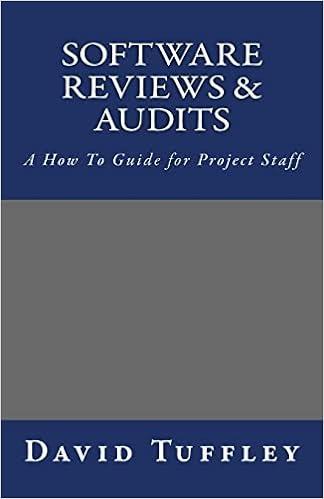Green Caterpillar Garden Supplies Inc.Balance Sheet for Year Ending December 31 (Millions of dollars) Year 2 Year 1 Year 2 Year 1 Assets Liabilities and equity Current assets: Current liabilities: Cash and equivalents $6,457 Accounts payable $0 $0 Accounts receivable 2,953 2,363 Accruals 410 0 Inventories 8,662 6,930 Notes payable 2,324 2,187 Total current assets $19,687 $15,750 Total current liabilities $2,187 Net fixed assets: Long-term debt 8,203 6,563 Net plant and equipment $19,250 Total debt $10,937 $8,750 Common equity Common stock 21,328 17,063 Retained earnings 9,187 Total common equity $32,813 $26,250 Total assets $43,750 $35,000 Total liabilities and equity $43,750 $35,000 Given the information in the preceding balance sheet-and assuming that Green Caterpillar Garden Supplies Inc. has 50 million shares of common stock outstanding-read each of the following statements, then identify the selection that best interprets the information conveyed by the balance sheet. This statement is because: O Long-term debt decreased from $2,324 million at the end of Year 1 to $2,187 million by the end of Year 2 The accounts payable account remained so for both Years 1 and 2 O Accruals actually increased from $0 in Year 1 to $410 million at the end of Year 2 Statement #2: On December 31 of Year 2, Green Caterpillar Garden Supplies Inc, had $8,072 million of actual money that it could have spent immediately. This statement is because: O Green Caterpillar's Year 2 cash and equivalents balance is $20,317 The funds recorded in Green Caterpillar's accounts receivable account represents funds that are either cash or can be converted into cash almost immediately The funds recorded in Green Caterpillar's cash and equivalents account represents funds that are either cash or can be converted into cash almost immediately Statement #3: If Green Caterpillar ever goes bankrupt, its common stockholders will be paid off first, then its debtholders and preferred stockholders This statement is because: Common shareholders are treated as residual investors Debtholders are treated as residual investors Debtholders and preferred shareholders are considered residual investors Based on your understanding of the different items reported on the balance sheet and the information they provide, if everything else remains the same, then the cash and equivalents item on the current balance sheet is likely to If the firm issues $3 million of new common stock









